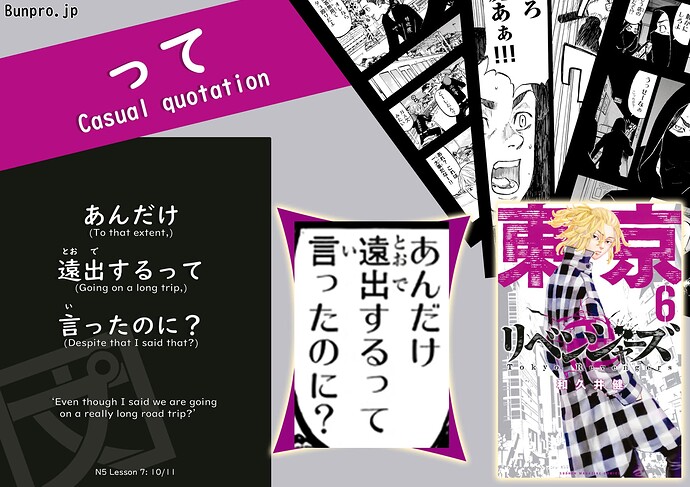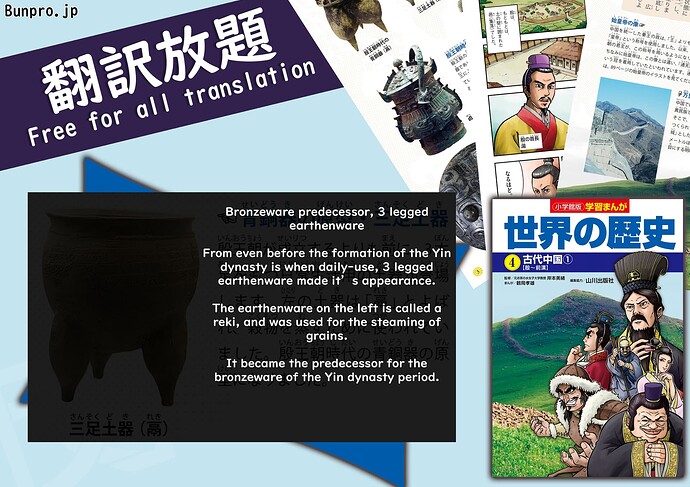Translation
あんだけ遠出するって言ったのに?
あんだけ = kansai-ben of あれだけ (to that extent; to that degree; that much; that many)
遠出 = trip; excursion; outing
する = turns 遠出 from a noun into a verb
って = casual quotation
言った = past of to say; to utter; to declare
のに = despite; even though; and yet
Rough = Despite talking about going on a trip to that extent?
Natural = After all that talk about going on a trip?




